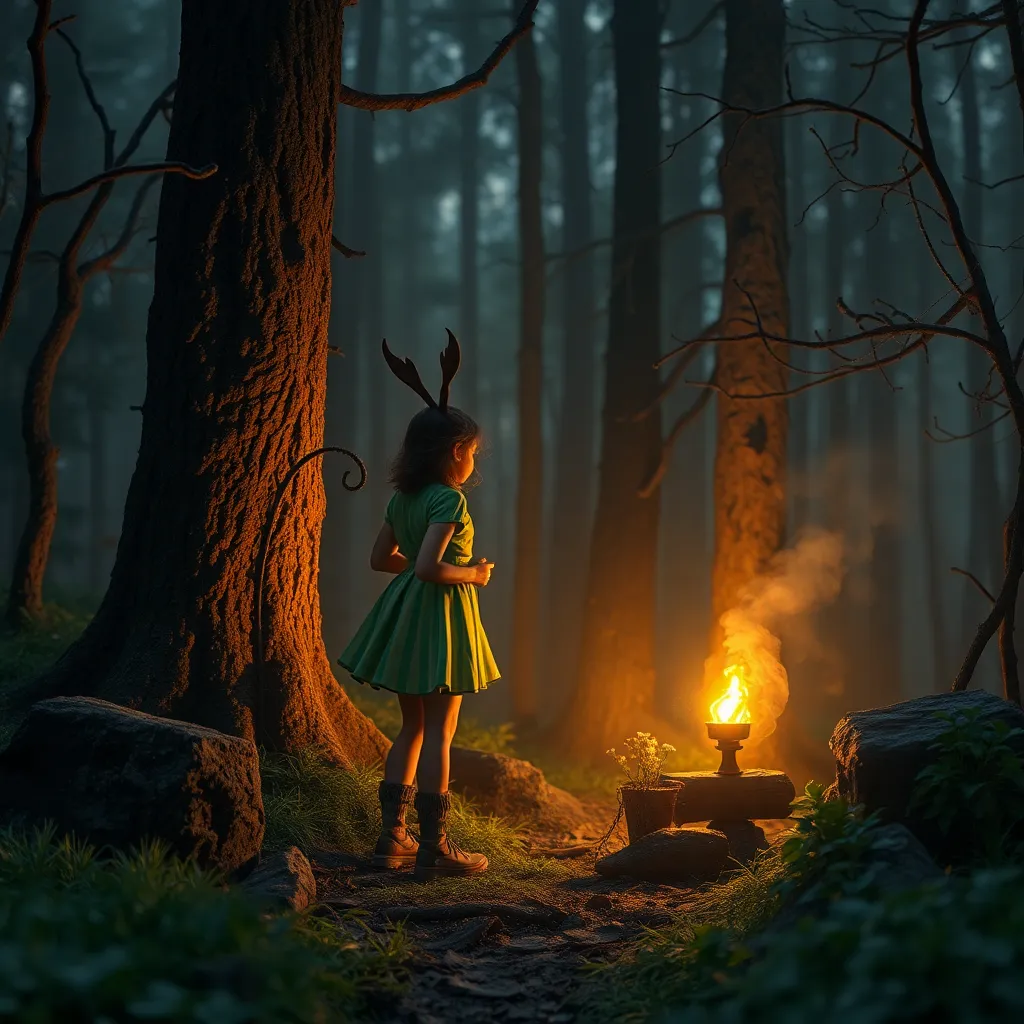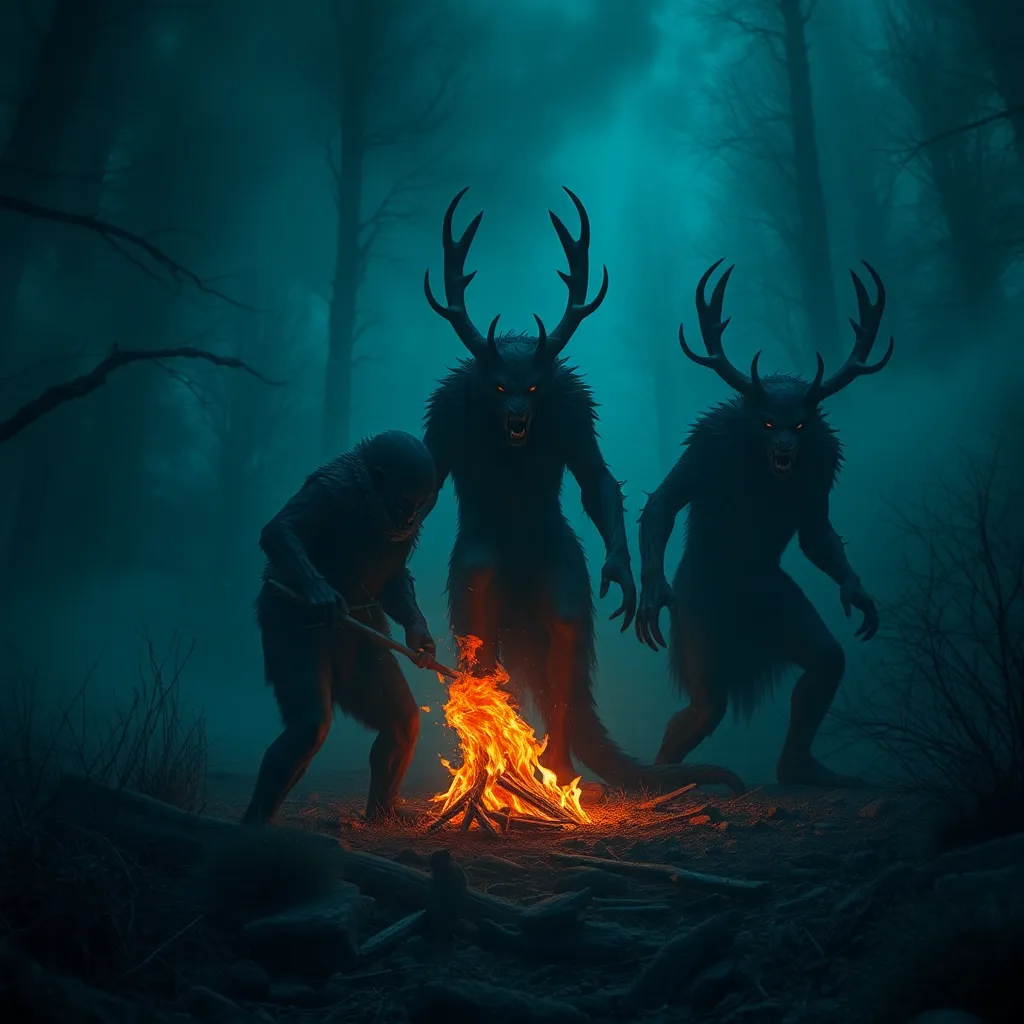Brownie Folklore & the Environment: A Look at Sustainability & Tradition
I. Introduction
Brownies, in folklore, are often depicted as small, mischievous beings that assist humans, particularly in household tasks and agricultural chores. They are found in various cultures, especially within European traditions, where they embody the spirit of helpfulness and hard work. The connection between folklore and environmental practices is significant, as many traditional stories reflect the values and wisdom of sustainable living.
Exploring sustainability within the context of traditional stories like those of brownies is crucial. It allows us to understand how these tales not only entertain but also educate and inspire eco-friendly practices that are increasingly important in modern society.
II. The Origins of Brownie Folklore
Brownie folklore has deep historical roots, particularly in Scotland and England, where these creatures are believed to inhabit homes and farms. Their origins can be traced back to ancient beliefs in nature spirits who protect the land and its inhabitants. Brownies are characterized by their small stature, often described as being no taller than a housecat, and are typically depicted wearing simple clothing made of earthy materials.
In many stories, brownies serve essential roles, such as caretakers of the household or helpers in the fields. They symbolize the harmony between humans and nature, emphasizing the importance of respecting the environment and the land.
III. Sustainable Practices in Traditional Folklore
Folklore often reflects sustainable living practices that have been passed down through generations. Brownie stories frequently contain themes of stewardship and respect for the land. For instance:
- Brownies are known to help with harvests, ensuring crops are tended to with care.
- Many tales warn against harming nature, as it could offend the brownies and lead to misfortune.
- Stories emphasize the importance of gratitude towards the earth, highlighting the interconnectedness of all living beings.
These lessons can inspire contemporary audiences to adopt eco-friendly practices, encouraging a return to the principles of sustainability that were once commonplace in agricultural communities.
IV. Brownies and Their Role in Agricultural Communities
Brownies have a notable connection to farming traditions, as they are often portrayed as guardians of the fields. In agricultural communities, these folklore figures symbolize the vital relationship between humans and the land. The significance of land and crops in brownie tales cannot be overstated:
- Brownies are credited with ensuring good harvests, thus supporting the livelihoods of farmers.
- Stories often illustrate the consequences of neglecting the land, warning of the repercussions that could arise from poor stewardship.
- Folklore serves as a repository of agricultural wisdom, passing down knowledge about planting, harvesting, and respecting natural cycles.
V. Modern Interpretations of Brownie Folklore
In contemporary society, the perception of brownies has evolved. While some people still embrace these traditional beliefs, many view them merely as charming tales for children. Urbanization has impacted the way these stories are told and understood, often stripping them of their original meanings and connections to nature.
However, there is a growing movement to revive folklore and integrate it into modern sustainability efforts. By reinterpreting brownie stories in the context of environmental awareness, communities can reconnect with their cultural heritage while addressing contemporary challenges.
VI. Environmental Challenges and Folklore
The relevance of brownie stories in today’s environmental crisis is profound. As climate change and ecological degradation threaten our planet, folklore can serve as a powerful tool for raising awareness and promoting sustainability. For example:
- Communities are using folklore to educate children about the importance of protecting nature.
- Folklore can be utilized in environmental campaigns, using familiar stories to convey urgent messages.
- Case studies show how local traditions can foster community engagement in conservation efforts.
VII. Bridging Tradition and Innovation
Integrating folklore into modern sustainability practices presents a unique opportunity for innovation. Collaborations between folklorists and environmentalists can lead to creative solutions that honor traditional knowledge while addressing contemporary issues. For instance:
- Storytelling workshops can be organized to teach younger generations about the importance of environmental stewardship.
- Folklore can inspire art and literature that highlight ecological themes, capturing public interest.
- Community events can celebrate local folklore while promoting sustainable practices, such as farmers’ markets or eco-fairs.
VIII. Conclusion
In summary, brownie folklore offers valuable insights into environmental discussions. These stories not only reflect traditional beliefs about nature but also provide a framework for understanding sustainability in modern contexts. The potential of folklore to influence future sustainability efforts is immense, as it can inspire action and foster a deeper connection to the environment.
As we move forward, it is vital to preserve these traditions while promoting environmental consciousness. By weaving together the wisdom of the past with innovative approaches to sustainability, we can create a more harmonious relationship with our planet.




